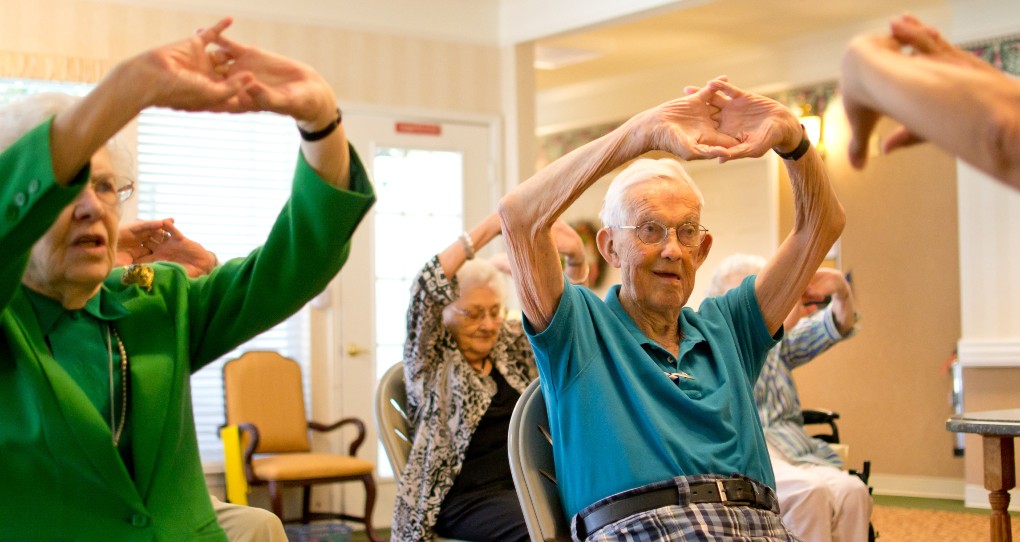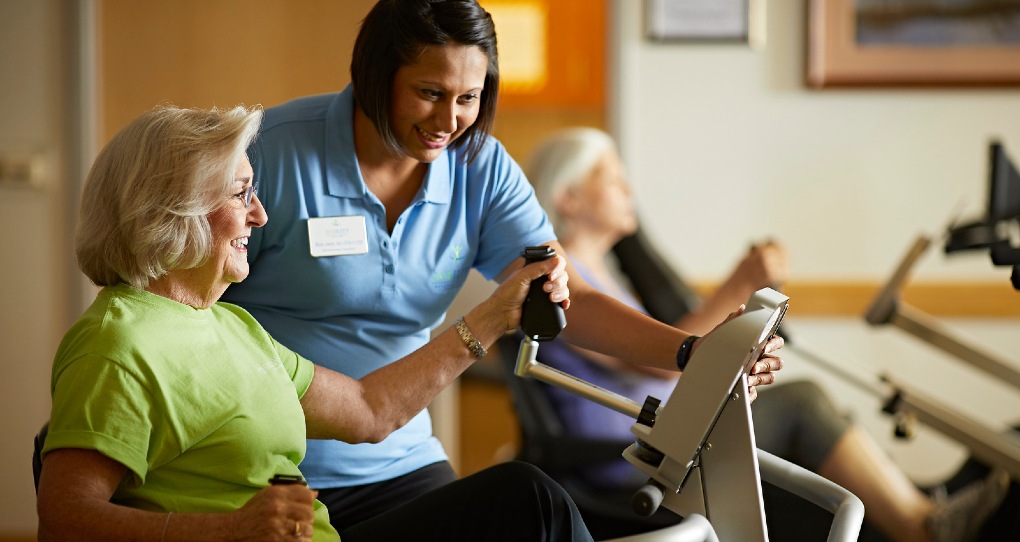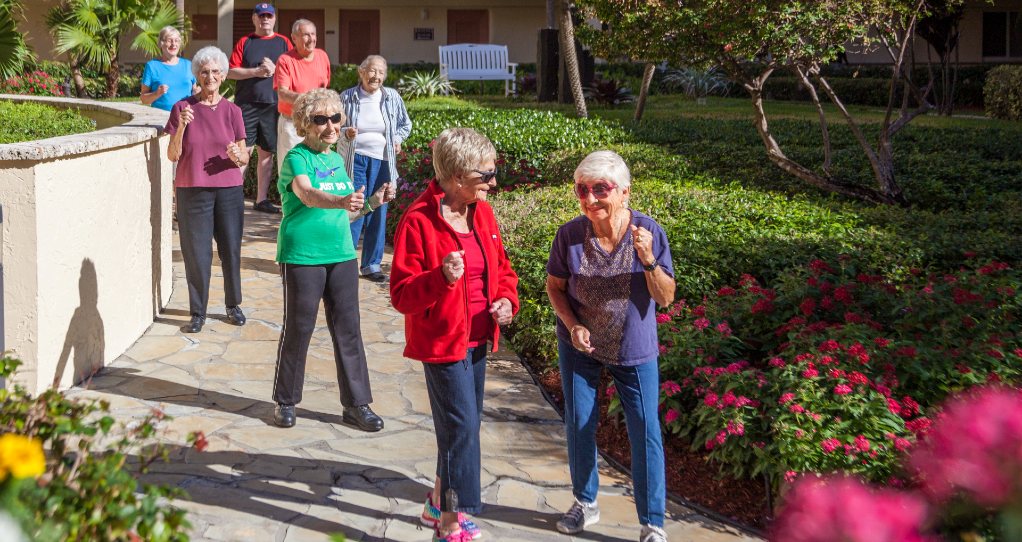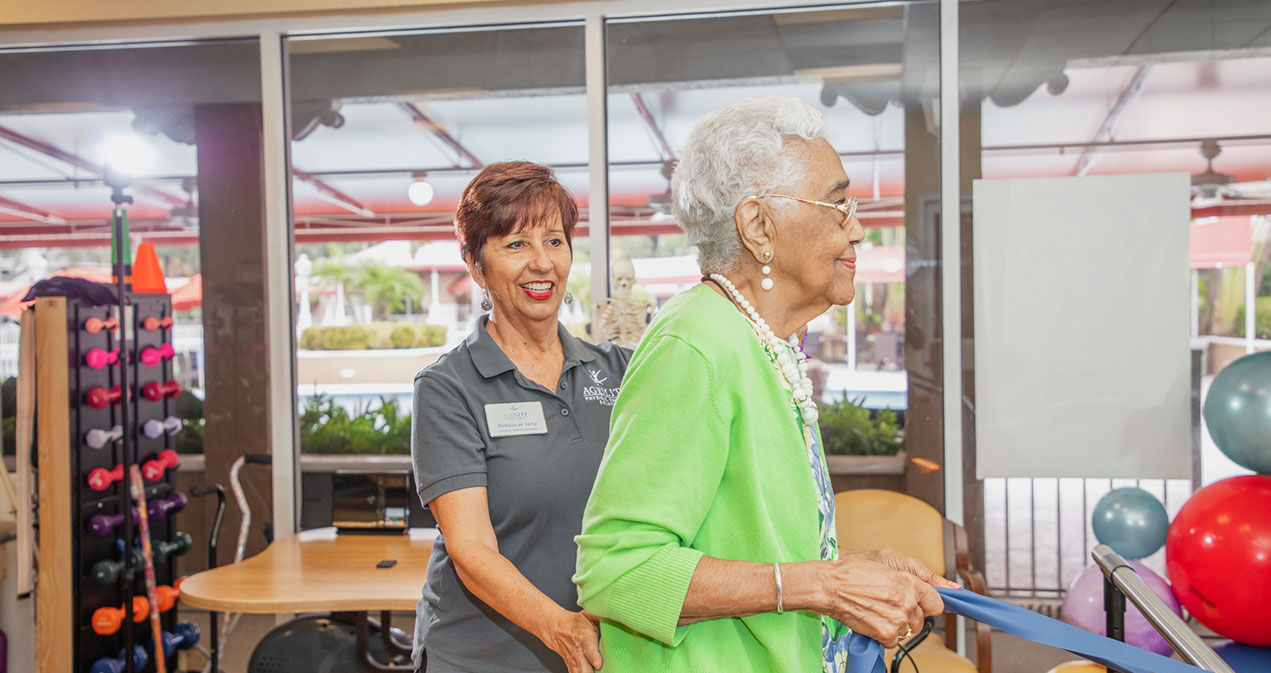COPD Therapy: Breathe Easier with COPD Rehab
June 28, 2021
It may start with a nagging cough or slight shortness of breath that you simply dismiss. Over time you might feel increasing fatigue or chest pressure. COPD – chronic obstructive pulmonary disease – is a group of breathing disorders. It can include chronic bronchitis, emphysema or other conditions that make it much harder to breathe. No matter which sub-type, COPD often appears gradually over time, and is more common in older people because it results from damage to the lungs over time.
But the good news is: COPD treatments, including therapy, can significantly reduce COPD symptoms. If you have breathing problems, you might already have medication to open up your lungs and airways. Or you might have oxygen to help you breathe easier. But medication and oxygen aren’t the only options.
At Ageility, older adults can take advantage of our COPD therapy. Through a combination of physical therapy, occupational therapy and speech therapy, you can greatly improve your quality of life.
How does COPD therapy work?
COPD is fairly common. Over 16 million Americans have been diagnosed with it. Millions more may have it but haven’t seen a doctor yet. When they do see a doctor, they frequently are prescribed medications to reduce the symptoms.
While medications can be used to help manage symptoms, COPD therapy is important, too – to help maintain strength, improve endurance or activity tolerance, and prevent illnesses related to inactivity. Therapy can help interrupt the cycle of low endurance: When you can’t breathe as easily during activity, you tend to become less active, which results in more fatigue. It can be a quick downward spiral if not addressed quickly.
Besides helping you get your strength and endurance back, COPD therapy can also lower your risk of other complications such as pneumonia. It can help ensure you swallow properly so that you don’t aspirate (breathe in) food or drink by mistake, a common struggle among people with COPD. Aspirating food often leads to pneumonia, which further impairs breathing.
As you lose strength and endurance, you also will find it more difficult to take care of yourself. Activities such as bathing, dressing and taking care of your home – or more fun things like shopping or traveling – cause increased difficulty breathing, as well as fatigue. Through Ageility’s COPD therapy, you will regain or improve the ability to perform your daily activities and be able to live a full, active life.
Our COPD therapy focuses on the following:
- Exercises to strengthen your limbs and breathing muscles. With COPD, your body can’t get the oxygen it needs to function well. Exercises can help increase the flow of oxygen into your body.
- Stretching to open up tight muscles around the chest. This can help you breathe easier.
- Education and training to breathe properly and pace your activities, so that you can do more. For example, if you need help getting in and out of the house, our treatments may help you to manage your activity. Soon you may become more independent and find you can go to appointments and other outings on your own.
- Balance training to help you feel safer. When you have COPD, you get less oxygen to your muscles which can make you feel weak or unsteady. You might worry about falls and as a result limit your activities.
- Assistance with weight loss, since carrying extra weight can make breathing more difficult. Our therapists may collaborate with your physician to help you manage weight.
- A speech therapy evaluation. Speech therapists specialize in proper swallowing which can become more challenging with COPD. With increased shortness of breath, it can become difficult to swallow safely. A speech therapist can test your swallowing, teach you ways to eat and drink safely, and help prevent things such as aspiration pneumonia, which is caused by improper swallowing.
- A holistic approach. COPD is linked to anxiety and depression. Ageility takes a holistic approach to treatment, to help increase relaxation, lower stress, and improve quality of life. We also advocate for our clients, including providing help in getting more appropriate living arrangements. In one example, we helped a client arrange for a first-floor apartment to make it easier to get around outside of her home. We can help you, too, to identify and overcome barriers outside of therapy. At the end of the program, you will have learned exercises you can continue on your own. These exercises will be a part of your new approach to help manage symptoms.
How big is the impact of COPD therapy?
Therapy can significantly improve quality of life for patients with COPD. For example, it can reduce how often you need to be seen for COPD symptoms. For one client, COPD therapy helped reduce emergency room visits and hospitalizations from 17 a year to just three a year.
What type of exercises help COPD recovery?
One technique that can assist COPD recover is Pursed Lip Breathing, used to help improve your breathing. Pursed lip breathing can make your breaths slower and more intentional.
- Sit with your back straight, or find a comfortable place to lie down.
- Relax your shoulders as much as possible.
- Inhale through your nose for two seconds. You’ll feel the air move into your abdomen. Try to fill your abdomen with air, not just your lungs.
- Purse your lips as if you’re blowing on hot food. Breathe out slowly through your lips, taking twice as long to exhale as you took to breathe in.
- Repeat. Over time, you can increase the inhale and exhale counts from two seconds to four seconds.
How can I find COPD therapy services?
If you have COPD – and are feeling limited by what you can do – contact Ageility at [email protected] to learn how we can help, or search for an Ageility location near you.




